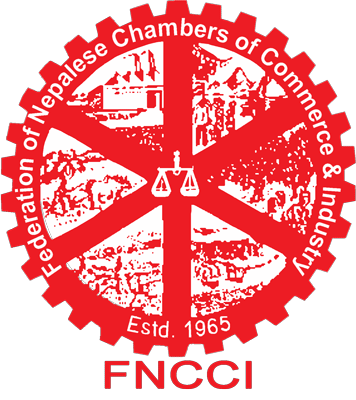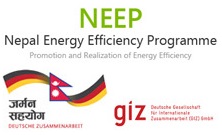Energy Saving potential
Steel and Metal sector is one of the most energy intensive industrial sectors in Nepal. Out of total production value 3 % is spend for energy. By going energy-efficient it is estimated that this sector could save up to 5,522 MWh of electricity and 202,695 GJ of thermal energy (see Table). Thereby, the industries could reduce energy cost by at least 28 Crore Nepalese Rupee annually (GIZ/NEEP, 2012).
Figure 1: Monetary saving potential in Nepalese Metal and Steel sector (GIZ/NEEP, 2012)
Experience from the past have identified many energy saving options for the steel & metal sector that are highly profitable with payback periods of investment of less than 2 years. The following table shows some implemented examples option in Nepalese cement factories with the respected payback.
Energy Saving Tips
In the following energy saving tip for re-rolling mills are given listed by equipment area:
- Ensuring proper fuel storage, handling, and preparation, for achieving good combustion conditions.
- Operating furnace with minimum excess air for fuel economy.
- Operating with lowest possible stack temperature for fuel economy.
- Monitor O2/CO2/CO ratios and control excess air level.
- Use ceramic fiber linings in the furnace.
- Match the load to the furnace capacity.
- Provide temperature controllers.
- Ensure that the flame does not touch the stock.
- Repair damaged insulation.
- Insulate all flanges, valves, and couplings.
- Recover maximum heat from flue gases.
- Balance kilowatt loading on three phases of supply.
- Shift loads to off-peak times where possible (load management).
- Minimize maximum demand by controlling loads through an automatic demand controller.
- Optimising excess capacity/ head in pump by change of impeller or trimming of impeller size
- Correct power factor to well above 0.95 by installing additional capacitors and automatic power factor controllers.
- Ensure that all capacitors are in line and functional, by checking charging current and fuse condition.
- Set transformer taps to optimum settings.
- Properly size to the load for optimum efficiency. (High-efficiency motors offer 4%–5% higher efficiency than standard motors.)
- Check for under-voltage and over-voltage conditions.
- Balance the three-phase power supply. (An unbalanced voltage can increase motor input power by 3%–5%.)
- Use variable-speed drives for large variable loads.
- Operate pumps near their best efficiency point.
- Modify pumping system and minimize throttling.
- Reduce air compressor discharge pressure to the lowest acceptable setting.
- (Reduction of 1 kg/cm2 air pressure (8 kg/cm2 to 7 kg/cm2) would result in 9% input power savings. This will also reduce compressed air leakage rates by 10 %.)
- Take air compressor intake air from the coolest (but not air-conditioned) location.
- (Every 5ºC reduction in intake air temperature will result in a 1% reduction in compressor power consumption.)
- Monitor pressure drops across suction and discharge filters, and clean or replace filters promptly upon increase in pressure drop.
- NEEP/GIZ-Nepal, 2012: Baseline Study of Selected Sector Industries to assess the Potentials for more efficient use of energy.
- ESPS/DANIDA, 2000-2005: Cleaner Production report of steel and metal industry
- Confederation of Indian Industry: Investors manual for Energy Efficiency



